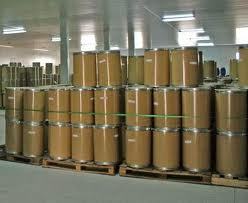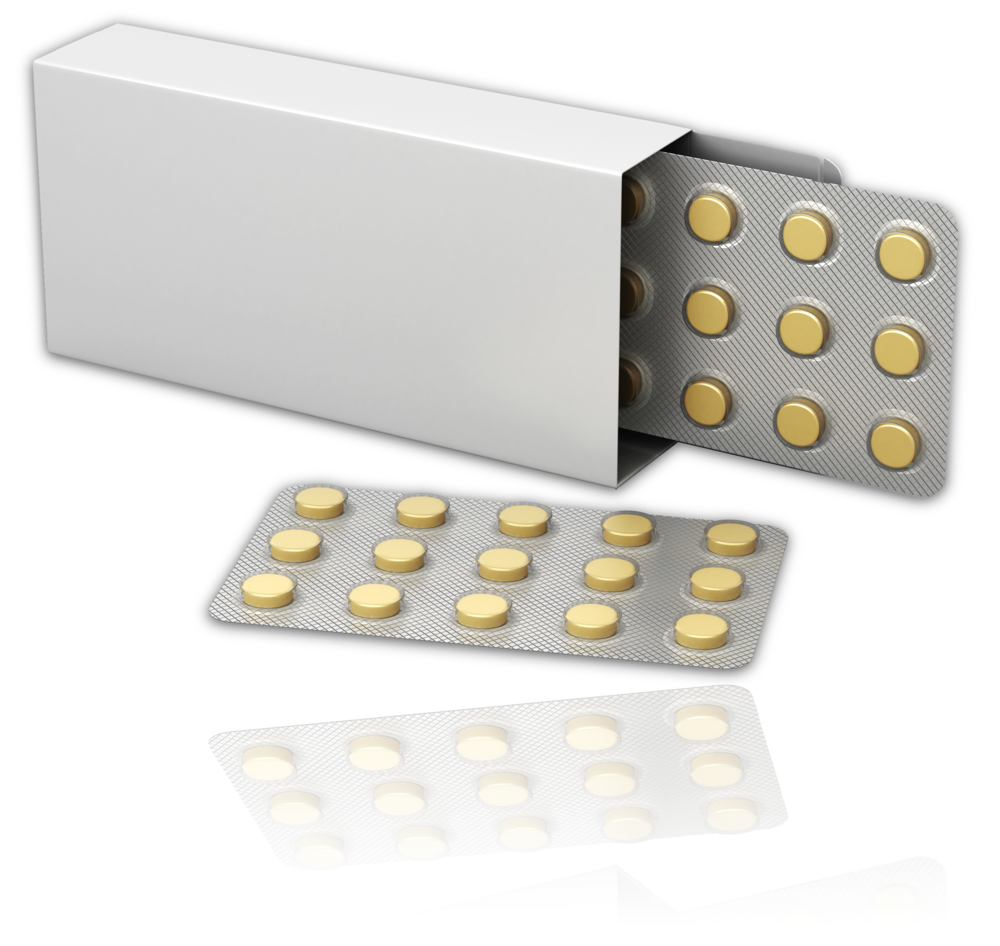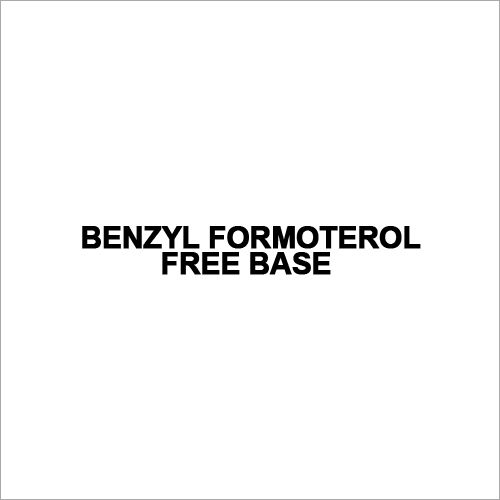Butylparaben .
Product Details:
- Storage Keep away from moisture
- Smell No Smell
- Heavy Metal (%) Not more than 10 ppm (parts per million)
- Molecular Formula C11H14O3
- Grade cosmetic
- Water Solubility Solubility in water: 0.3 mg/mL at 25 C
- Molecular Weight 194.227 Grams (g)
- Click to View more
Butylparaben . Price And Quantity
- 25 Kilograms
- 1000.0 INR/Kilograms
Butylparaben . Product Specifications
- 194.227 Grams (g)
- Solubility in water: 0.3 mg/mL at 25 C
- 202-318-7
- C11H14O3
- 0.5% (by weight)
- cosmetic
- 1. Cosmetics and Personal Care Products Primary Application: Preservative Prevents microbial growth (bacteria, fungi, and yeast) Extends shelf life and improves the safety of products. Commonly used in: Lotions and creams Shampoos and conditioners Makeup (e.g., foundations, lipsticks) Sunscreens and deodorants 2. Pharmaceuticals Used in topical formulations like creams, ointments, and gels. Helps prevent contamination by bacteria and fungi in drug formulations. May be included in oral suspensions or eye drops. 3. Food Industry (Less Common) E209: Food preservative (though usage is limited and banned in some countries) Primarily used in certain processed foods to extend shelf life, but not common due to regulatory restrictions. 4. Industrial Products Acts as a preservative in: Lubricants and greases Polymers and coatings Adhesives and sealants 5. Laboratory and Research Used as a biocide in research applications to prevent microbial contamination in laboratory samples or cultures.
- 2918.23.00
- 1. Cosmetics and Personal Care Products Primary Use: Preservative Prevents microbial growth (bacteria, yeast, mold). Common in: Lotions and creams Shampoos and conditioners Deodorants Makeup (foundation, powders) Sunscreens Purpose: Extends shelf life, maintains product safety and effectiveness. 2. Pharmaceuticals Used in: Topical creams and ointments Eye drops Oral suspensions Ensures product remains uncontaminated during use and storage. 3. Food Industry (Limited Use) Known as E209 when used as a food additive (preservative). Usage is restricted or banned in some regions due to health concerns. 4. Industrial Applications Acts as a preservative in: Industrial lubricants Polymer emulsions Glues and adhesives Regulation and Safety Notes Concerns over endocrine disruption have led to concentration limits in cosmetics (e.g., EU: max 0.14% in certain products). Often replaced by alternatives in paraben-free or natural product lines.
- Bitter
- 1.0%
- Crystalline solid or powder
- Keep away from moisture
- 1 Years
- Purity: 99.0% 100.5%
- Butylparaben
- Not more than 10 ppm (parts per million)
- OH | C6H4 COO C4H9
- No Smell
- 98%
Butylparaben . Trade Information
- Mumbai
- Cash Against Delivery (CAD), Cash on Delivery (COD), Cash Advance (CA), Cash in Advance (CID), Delivery Point (DP), Telegraphic Transfer (T/T)
- 1000 Kilograms Per Day
- 7 Days
- No
- Free samples are available
- Drum and bag packing
- Middle East, Africa, Asia, Australia, Central America, North America, South America, Eastern Europe, Western Europe
- WE PROVIDES ALL KIND OF CERTIFICATIONS AS YOU REQUIRED
Product Description
Technical Specifications:
- CAS ID: 94-26-8
- Synonyms: Butyl 4-hydroxybenzoate 94-26-8, Butyl p-hydroxybenzoate
- Molecular Formula: C11H14O3
- Molecular Weight: 194.23
- Melting point: 68 to 69 C
- Boiling Point: 156.00 to 157.00 C
- Solubility: Slightly soluble
- Appearance: Colorless, odorless, crystalline powder
How does it work:
Colourless and odourless, parabens have no smell or color. They are practically pH neutral. The compounds exert a broad spectrum of antimicrobial activity over a wide pH range, although they are most effective against moulds and yeasts. Preservative ingredients called parabens are found in cosmetic, personal hygiene, food, and pharmaceutical products. It prevents fungi, bacteria, and yeast from growing, which can lead to the spoilage of products.
Applications Or where it is used:
A variety of cosmetic products contain this ingredient, including foundation, eye shadow, moisturizer/treatment for the face, anti-aging cream, and sunscreen. Some foods and drugs contain low-ionic strength solutions of this preservative.
How to use:
Cosmetics and skin care products such as sunscreen contain parabens as preservatives to prevent bacterial growth.
Side effects:
The reason parabens are used is because they are non-irritating and gentle. In addition, some people may be more prone to experiencing irritation as a result of any ingredient. The use of parabens is generally recommended for those with hypersensitive skin, such as those prone to eczema or dermatitis or those with broken skin. In addition, parabens are more likely to irritate the skin if it is damaged, such as when you have a wound or cut. It is best to avoid parabens in areas of broken skin. There is also the possibility of an allergic reaction to parabens.

Price:
- 50
- 100
- 200
- 250
- 500
- 1000+









 : nilesh.sheth70
: nilesh.sheth70
